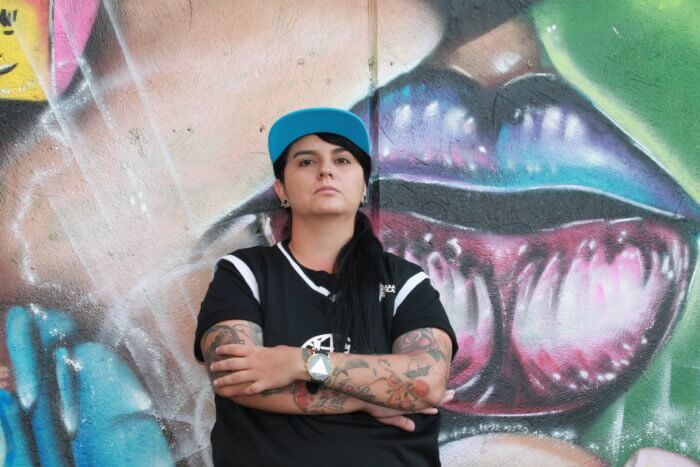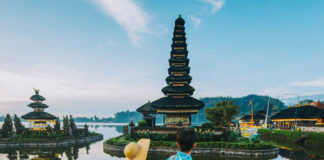Colombia is an amazing country that is rich with art and culture, food, history, outdoor adventures, beautiful sandy beaches, and warm people.
I learned this when I traveled to Colombia as a guest of award-winning sustainable LGBTQ travel company, Out in Colombia, and the country’s tourism bureau, ProColombia, the country’s tourism bureau, right before the pandemic shut down the world and tourism.
Colombia reopened for tourism on September 1, 2020, and as of May 1, travelers 18 and older need to provide proof of “complete vaccination” or a negative COVID-19 test 48 hours in advance of travel for an antigen test or 72 hours in advance of travel for a PCR test, according to Colombian and the United States government websites.
Colombia is a year-round destination, but the best months to experience the South American country are December to March and June to September.
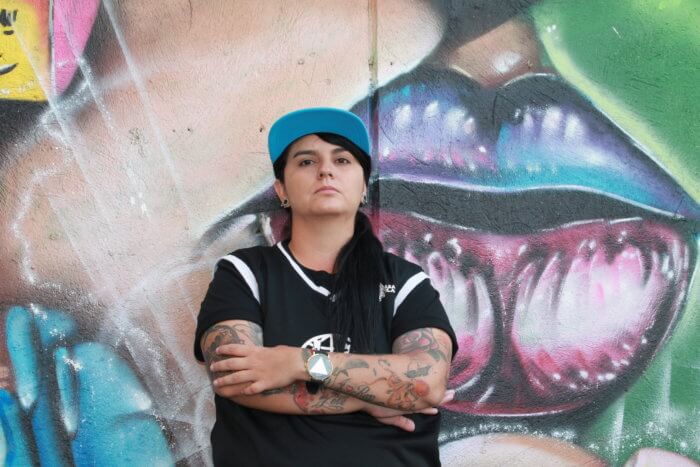
JilChristina Vest, founder of the Mini Black Panther Museum and Women of the Black Panther Party Mural in Oakland, vacationed in Colombia a month after the museum’s opening in June 2021 for her first trip outside of the US since March of 2020.
Responding to questions, Vest wrote in an email interview that Colombians were responding to pandemic life by wearing masks and socially distancing without a problem.
Vacationing on a beach in a small town outside of Cartagena with a group of friends, Vest was enjoying playing in the water and soaking up the sun outside of their vacation rental. She boasted about “views to die for,” the fresh seafood, and how Colombia is “high-end, yet very affordable” for a vacation.
“It is a very friendly and chill vibe here,” Vest wrote. She hadn’t interacted with the local LGBTQ community during her trip like I did, but she had similar observations about LGBTQ Colombians’ openness and showing “public affection with no issue.”
Colombia’s LGBTQ movement has made significant strides in gaining rights since 1999, according to the Astraea Foundation’s 2021 report. The South American country’s capital, Bogota, became one of the first cities in the world to establish a government office focused on LGBTQ issues, the Sexual Diversity Department, in 2013. Same-sex marriage was legalized in 2016. This year, Colombia’s constitutional court advanced gender diversity, according to Human Rights Watch.
Before my trip to Colombia, Bogota elected its first openly lesbian mayor, Claudia López Hernández, in 2020. López Hernández’s swearing-in to the office established her as the first openly LGBTQ person to lead a major South American city. Lopez Hernandez married her longtime partner just before she took office in January 2020.
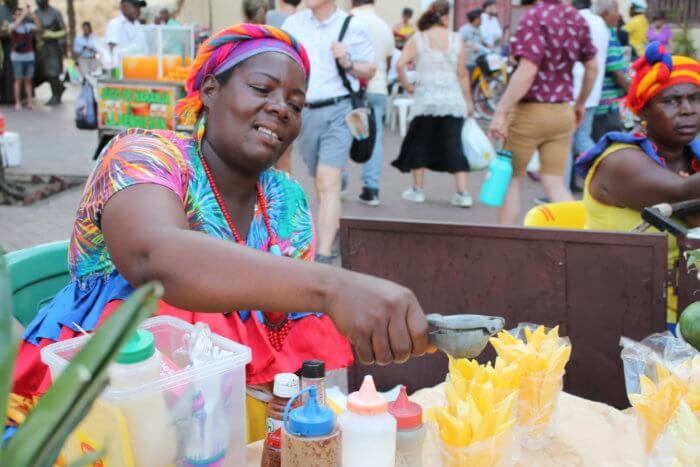
Why Colombia?
Colombia is famous for its beauty queens, coffee, beaches, tropical jungles (35% of the Amazon rainforest is within the country’s borders), and its darker side with its drug lords. The country’s drug lords have been pushed deep into the Amazon on the Brazilian and Colombian border with American help, Sebastian Fernandez Leal, a representative with ProColombia who formerly worked at the United Nations in New York, told me in the car from Cartagena’s airport to our host hotel, Estelar Cartagena de Indias.
Colombia is home to more than 25 national parks. It is also the only country in South America to boast of beautiful beaches on the Caribbean and Pacific coasts. World-renowned artists call Colombia home. Its coffee is famous. The country is a gastronomic hub. Its LGBTQ community is energetic with creative and culinary endeavors. The country boasts of having South America’s destination LGBTQ nightclub in Bogota.
Mega LGBTQ nightclub Theatron features 16 separate but interconnected dance clubs, including a concert hall, all in one building that takes up an entire city block in Bogota.
My journey
My journey through the South American country with Out in Colombia began in Cartagena and took me to Barranquilla, Medellin, and Bogotá, four of Colombia’s largest cities. Colombia’s dark and violent past has given way to a vibrant and welcoming country with a spirited culture, warm people, and natural beauty, particularly in Cartagena, Medellin, and Bogotá.
In 1499, Spanish explorer Alonso de Ojeda arrived in Colombia. The Spanish started colonizing Colombia in 1525. Nearly 300 years later, a major trading hub for gold and African slaves, Colombia was founded in 1810. The South American country remained under Spanish rule until the South American country won its independence in 1819.
Colombia once enslaved more than 1 million African slaves until the country abolished slavery in 1821.
Today, Colombia is home to the third largest population of Black people outside of Africa, Brazil, and the U.S., according to Travel Noire.
Cartagena
In Cartagena, “palenqueras,” the community’s women, stand out in the crowds with their traditional colorful dresses and head wraps balancing bowls of fruit on their heads. They can easily be found in the squares, like San Pedro Claver Square, in Cartagena’s historic walled city. Our group enjoyed tasting the “palenqueras” traditional fruit snacks sold from one of the women’s stands. They also pose with tourists for pictures for pay.
Cartageneras lesbian tour guide Belkin Chico of La Mesa, which works with Out in Colombia, guided our group from Castillo San Felipe de Barajas to the walled city telling us the city’s history.
Our evening was spent relaxing on a private sunset catamaran cruise on Cartagena Bay and enjoying a gourmet meal at the stylish Club de Pesca.
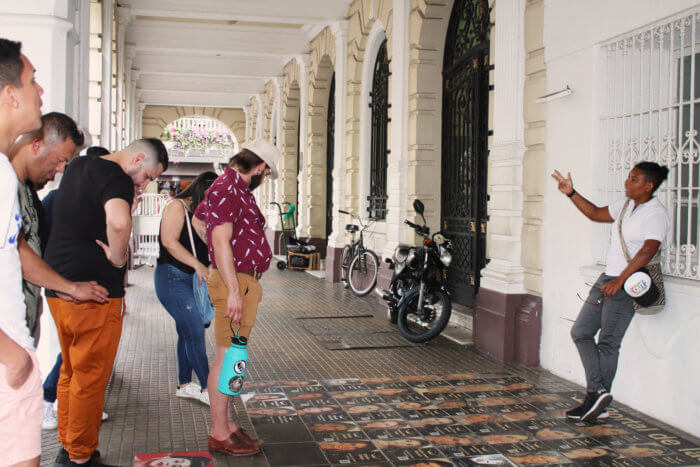
Medellin
Cartagena was dazzling and sophisticated. Medellin was gritty and bursting with creativity in the mountain city. Our group enjoyed shopping at a local market and cooking and making cocktails with gay Chef Esteban in the morning. In the afternoon we went to the notorious Comuna 13, locally just C13, that was once under the control of drug cartel Escobar.
Bogota
As South America’s fourth largest city, Bogota is bustling with a thriving LGBTQ community, according to our LGBTQ history tour guide, Juan Camilo, an ally. We walked through the city stopping at historical points.
Colombians were starting to embrace café life, odd as it may seem since Colombian coffee is known around the world. At Café San Alberto, our group enjoyed a coffee and rum tasting that made Irish coffee look boring. The coffee energized us and the rum gave us liquid courage for our salsa lessons.
On our last night in Colombia, our group enjoyed an elegant evening dining at B.O.G. Hotel and more dancing at Theatron.
Where to stay
I was a guest of Esestelar hotels in Bogota, Cartagena, and Medellin.
This article was provided courtesy of the National LGBT Media Association

